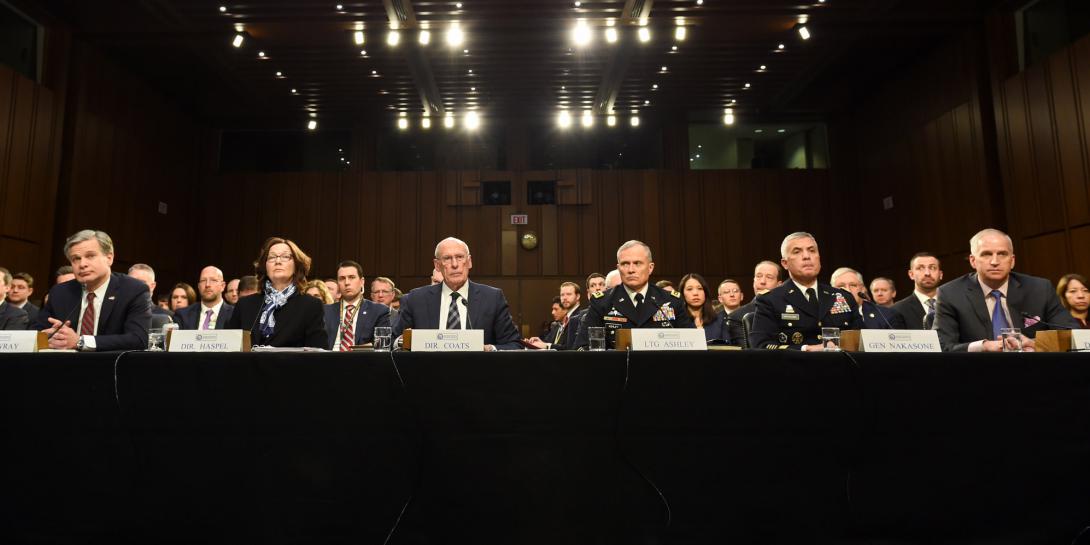Intel Community CIO calls for Urgency
The Office of the Director of National Intelligence’s John Sherman, chief information officer (CIO) of the intelligence community, is alarmed about the shifting geopolitical forces around the world.
In his position since September 2017, Sherman is leading the flagship integration of the Intelligence Community Information Technology Enterprise, known as IC ITE (and pronounced like eyesight), which has been a six-year effort to modernize the information technology (IT) for the 17 member agencies of the intelligence community (IC).
Speaking at AFCEA International’s Northern Virginia Chapter IC Information Technology Day last week in Fairfax, Virginia, Sherman stressed that the United States needs “to move with urgency” given the actions of state and near-peer actors who seek to challenge U.S. dominance across the globe.
“While I’m extremely proud of the progress we’ve made with IC ITE, [there are] broader issues that are driving not only our overall modernization efforts, but indeed our national security posture,” he stressed. “We are not in a place right now to pursue routine peacetime approaches. Our adversaries are moving out quickly, in many areas, such as cyber, artificial intelligence, machine learning, information and asymmetric warfare, not to mention other capabilities such as conventional arms and space.”
The United States can and must win in this arena, which is increasingly defined by technology, data and security, Sherman continued. Doing so will require greater innovation and partnership with industry academia, and allies, “in ways we haven’t seen since the Cold War.”
John Sherman, Intel Community CIO @ODNIgov says integrating IT services for the IC for the last 6 years with the IC ITE project was a major effort to get off the ground but has been the largest cultural shift he has seen in IT @AFCEA @AFCEANOVA #ICITDay2019 pic.twitter.com/83I57Aucn2
— Kimberly Underwood (@Kunderwood_SGNL) February 28, 2019
As such, the IC CIO will continue to focus on supporting intelligence integration and innovation, aided by digital platforms that feature standardized, reference architecture, secure IT systems and establishing the next wave of IT developments from IC ITE.
More and more, IC software developers are leveraging DevSecOps—making sure security is part of software development and operations, Sherman said. The move to the cloud has allowed IC officers to access computing capabilities in a fraction of the time as compared to legacy systems.
In addition, new artificial intelligence and machine learning applications are allowing IC analysts and data collectors “to make sense of tough problems using the vast IC data sets.” The CIO’s office also is working with the IC Chief Data Officer and the other IC agency CIOs "to unlock the full potential" of the community’s data—through modern data extraction, correlation and enrichment technologies—which will “truly make data an IC asset,” he emphasized.
Sherman also noted that the implementation of the IC ITE initiative has impacted the CIOs of the IC, as the community works to a new way of doing IT business, and a shift away from single source solutions to enterprise solutions. “It’s not just a set of integrated IT services,” he said.



Comments